While humans are struggling to survive the Covid-19 outbreak, nature is gradually rehabilitating after being ruined by tourism for years. For two months running, 133 national parks have been closed and Thai citizens have been observing strict travel restrictions, making it the perfect time for animals to enjoy their lives without any distraction.
On social media, there is a video clip showing a large herd of elephants slowly crossing a road, not far from Khao Ang Rue Nai Wildlife Sanctuary in the eastern province of Chachoengsao.
Meanwhile, in the southern resort towns, dozens of blacktip reef sharks are swimming by the beaches, which were once crowded with thousands of vacationers during the day. Moreover, a group of leatherback sea turtles have also been spotted arriving on Phangnga and Phuket beaches to lay eggs.
The increasing numbers of marine wildlife -- seen in national parks around the country -- as well as the aforementioned images are a testament to ecological restoration. This is rousing us humans to think about how to manage post-Covid-19 tourism for sustainability.
Preparing for the next stages, set to be implemented in the future, tourists must learn about the new norms since the Natural Resources and Environment Ministry is planning to close all 157 national parks for at least two months every year to allow the ecosystem to take a break and rejuvenate.
"During the two-month closure of national parks, wildlife will come out and roam around. Actually, national parks are their homes but some space is allocated to tourism," said Dumrus Phoprasit, director of the National Park Office.
"Now, we are focusing on sustainable tourism so that our natural resources will remain abundant over the next 10 years. Based on carrying capacity in each area, the national parks won't be crowded with the big waves of visitors during the holiday season anymore."
All national parks are required to submit their plans and the period of closure to the Department of National Parks, Wildlife and Plant Conservation (DPN). From now on, the number of tourists will be limited with social-distancing measures to keep balance in the ecosystem both on land and sea.

An expert team is using coral propagation techniques to restore reefs in Maya Bay. Photo © Trang Marine National Park
"Timetables for the closure of each national park will be considered to ensure tourists' safety and to avoid impact on local economies. This isn't new but we have to educate tourists. Normally, some national parks shut down areas during monsoon season because it's not safe for tourists to go trekking to waterfalls or dive in the sea. With different weather conditions and landscapes, the national parks won't close at the same time. That means tourists can still explore nature throughout the year," Dumrus said.
"When the authorities ease up travel restrictions, tourists will be required to register for a visit or book tickets in advance. It's like shoppers going to the mall where they need to scan a QR code to check in and check out via the Thai Chana application."
In 2018, the DPN started developing an e-ticketing software and application to link 132 marine parks such as Phi Phi, Similan, Chang and Samet islands, aiming to control the mass of tourists and boats. The department is considering the price of the technology, following procurement procedures.
"Besides the development of e-ticketing software, we will promote national parks as a destination for one-day trips. Now, we're improving facilities such as nature trails, bathrooms, tourist centres and accommodation for rangers to reduce the impact on the environment. For some remote islands like Mu Ko Surin National Park, we will still provide accommodation for overnight stays so that visitors can spend time enjoying activities and learning about the marine ecosystem," Dumrus said.
Located in Krabi, Koh Yung is an archetype for the closure of marine parks and controlling the traffic of boats in sensitive areas. Back in 2016, Koh Yung was designated as a Strict Nature Reserve Zone to preserve coral reefs and prevent coral bleaching.
It's a part of the Phi Phi Model Project, a collaboration between Hat Noppharat Thara–Mu Ko Phi Phi National Park, veteran marine ecologists Thon Thamrongnawasawat and Thaithaworn Lirdwitayaprasit, and Singha Estate, in a bid to transform Phi Phi into an ideal location for sustainable tourism.
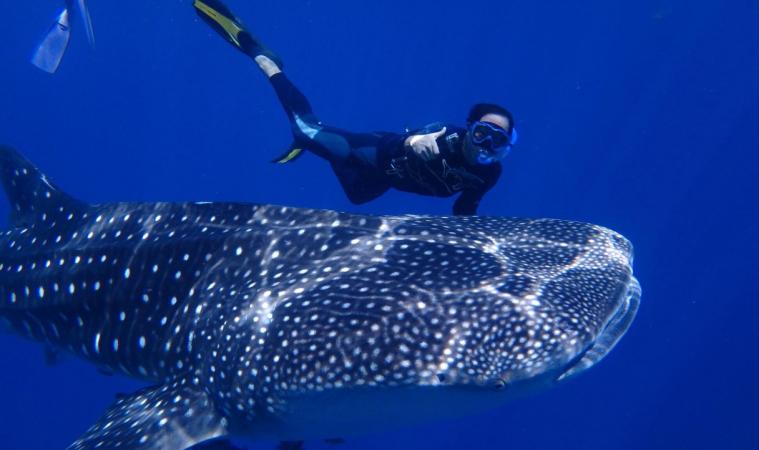
The whale shark can be found in Krabi, Chumphon, Surat Thani and Rayong. Photo © Thon Thamrongnawasawat
"The whole beachfront of Koh Yung will be blanketed with branching corals in the next few years. Before the Covid-19 crisis, there was hardly any marine life in the deep-water area but now we can see sharks seeking food -- this means the marine ecosystem is becoming bountiful. In the past, there were only nine species of fish around here," said Thon, a member of the national strategy and national reform committees on sustainable growth and the environment and natural resources.
"Koh Yung stands in the middle of a current and has a modest beach, so it's a perfect breeding ground for marine life rather than being a holiday destination for tourists. Hemmed in by an area of shallow water, it's hard for tourist boats to reach the beach."
Located just 10km from Koh Yung, the front of Maya Bay with its popular beach has been permanently closed since 2018. Using reef propagation techniques, almost 30,000 young corals were planted in the bay but merely 15% of them have survived.
However, its ecology is gradually recovering and now the national park has created a new nature trail and vantage point so that tourists can admire beautiful views of the pristine beach and the bay from far away.
"I think it will take 30 years to restore coral reefs in Maya Bay. Now, the ecosystem is getting better, making it a sanctuary for blacktip reef sharks to give birth," Thon said.
"The entrance has moved to Loh Sama Bay at the back of the island and the national park provides a plastic-based pier and bridge as well as eight boats to transport tourists. Each can accommodate 300 passengers."
Thon said the Similan Islands already cut the number of tourists from almost 6,000 to 3,400 per day after Similan National Park closed Koh Tachai four years ago. Everyone came to realise that the absence of tourists led to nature's recovery. So, the key solution to recovery is that national parks need to control the volume of visitors and tourist boats.
To gear up for the high season, national parks may have to rearrange boundary buoys around the sensitive areas to block people and boats from the marine life. For example, Koh Hong and Koh Haa Yai in Krabi are major spots to see blacktip reef sharks.
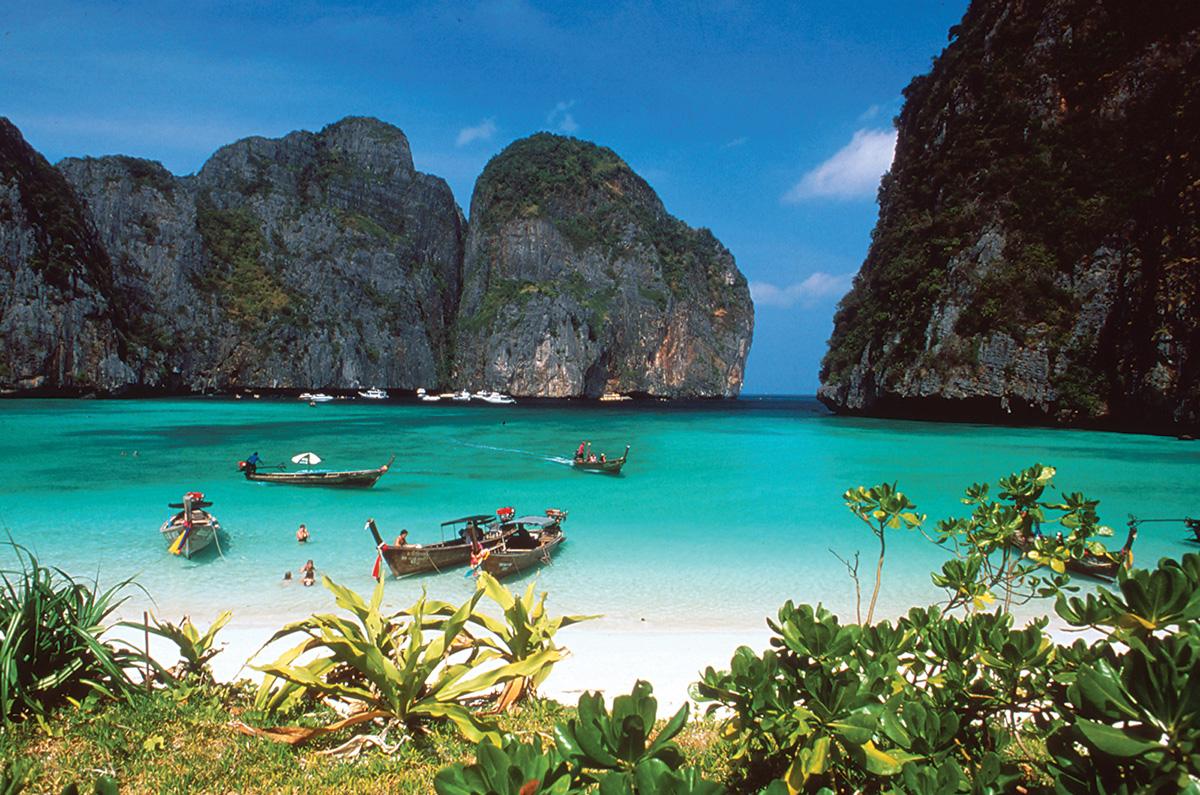
Far right One of Krabi's famous white-sand beaches.
Trang is home to a large group of dugongs, while the 100km-long shores from Sirinat National Park (locally known as Nai Yang) in Phuket to Ranong will be reserved for sea turtles to lay eggs between November and February. In Thailand, there are around 100 whale sharks, gliding from the Surin Islands in Phangnga to Satun, Phuket, Krabi and Chumphon. It's hard to track them.
"There are three initiatives to continue after the Covid-19 pandemic. First, the Department of Marine and Coastal Resources will follow up its proposal to Unesco in adding the Andaman seashores to the list of World Heritage sites. This will help upgrade Thailand's image and generate more income from tourism. Second, we plan to enhance tourism management on Samui, Phangan and Tao islands. Koh Samui will focus on an effective waste management system, Koh Phangan will promote itself as an eco-friendly tourist destination and Koh Tao will transform old petro rigs into artificial reefs for new diving spots to accommodate 200 divers a day," Thon said.
"Third, we will keep an eye on the Eastern Economic Corridor's sustainable development project in Chachoengsao, Chon Buri and Rayong. These three provinces will be packed with tourists, industrial factories and labourers as a result of the high-speed rail link connecting two airports in Bangkok with U-tapao airport in Rayong."
Following the second phase of easing the disease control measures, some leading hotel chains have now restarted their operations by welcoming guests to dine in their restaurants but offering accommodation is still tied to the travel restrictions of each province to contain virus spread.
"The era of cheap flights has come to the end. With social distancing conditions, airlines will raise ticket prices because they will carry a smaller number of passengers on each flight. In the next phase of easing travel restrictions, I think people will be allowed to arrange some short trips like travelling from Bangkok to Pattaya or Rayong," Thon said.
"The authorities may still ban the entry of foreigners until the end of the year. The first group travelling to Thailand should come from low-risk countries such as Taiwan, South Korea or China. The target group is free independent travellers rather than group tours."
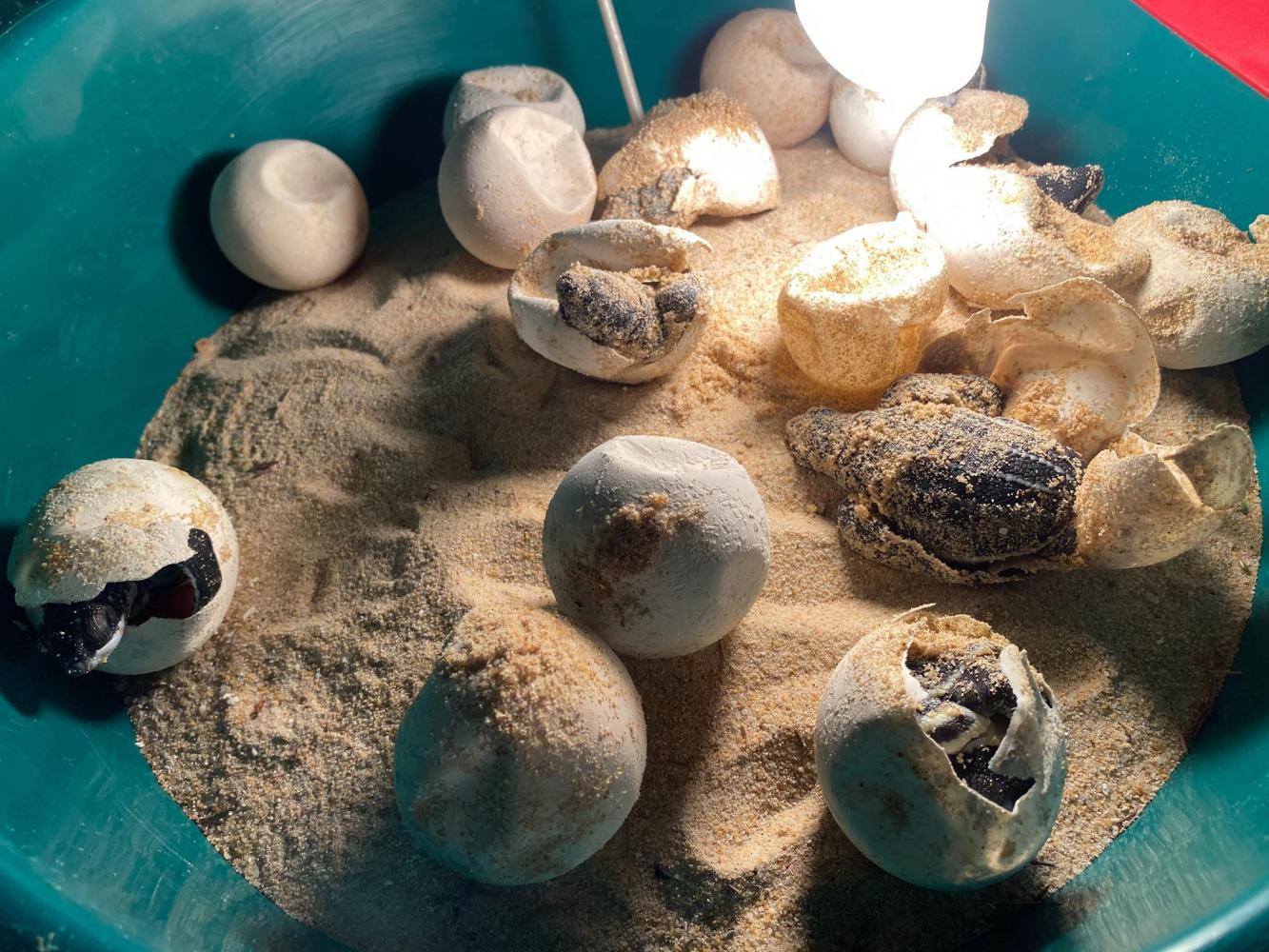
Leatherback sea turtles lay eggs on Phuket and Phangnga beaches. Photo © Hat Noppharat Thara–Mu Ko Phi Phi National Park
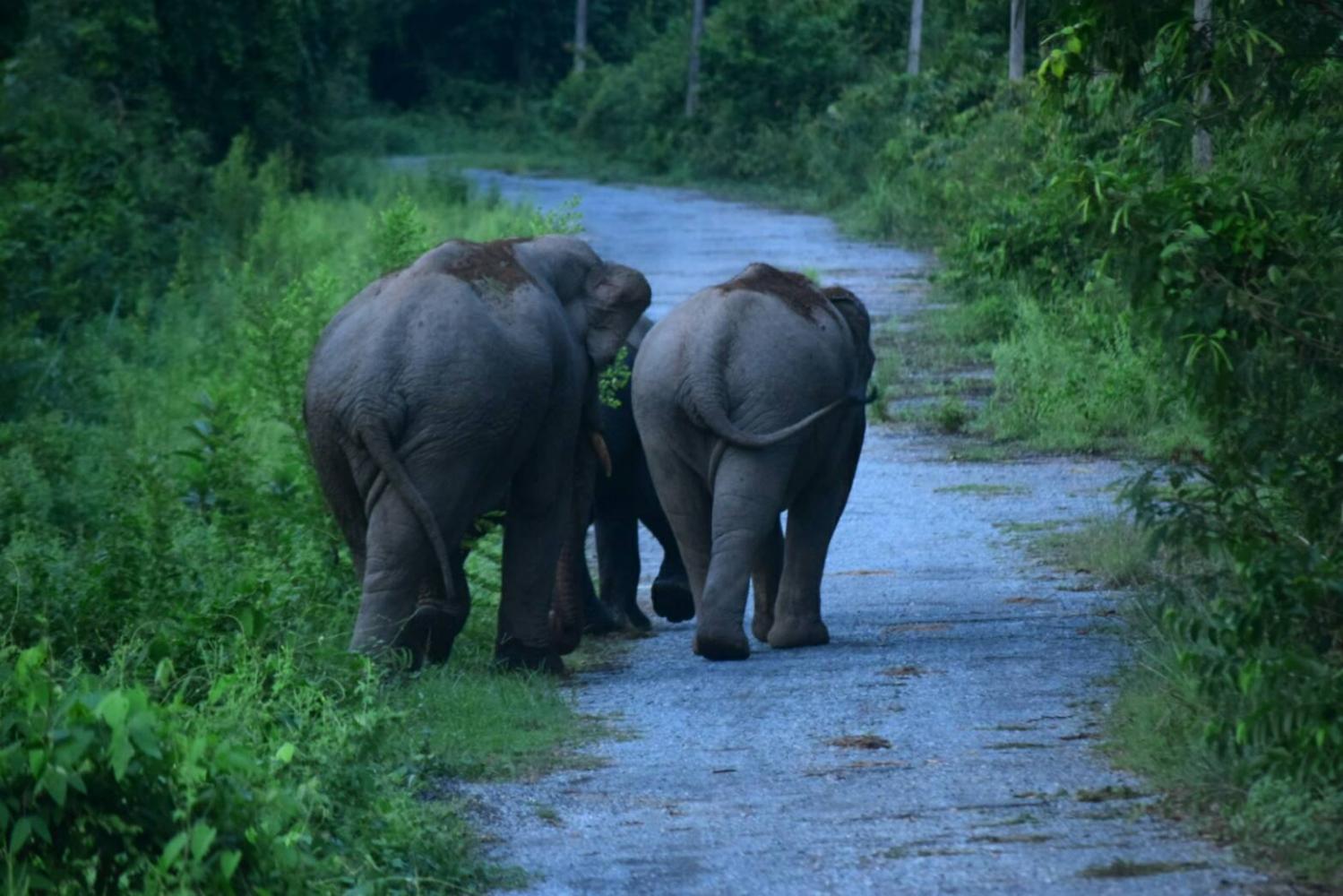
An elephant family is spotted in Khao Yai National Park. Photo © Department of National Parks, Wildlife and Plant Conservation
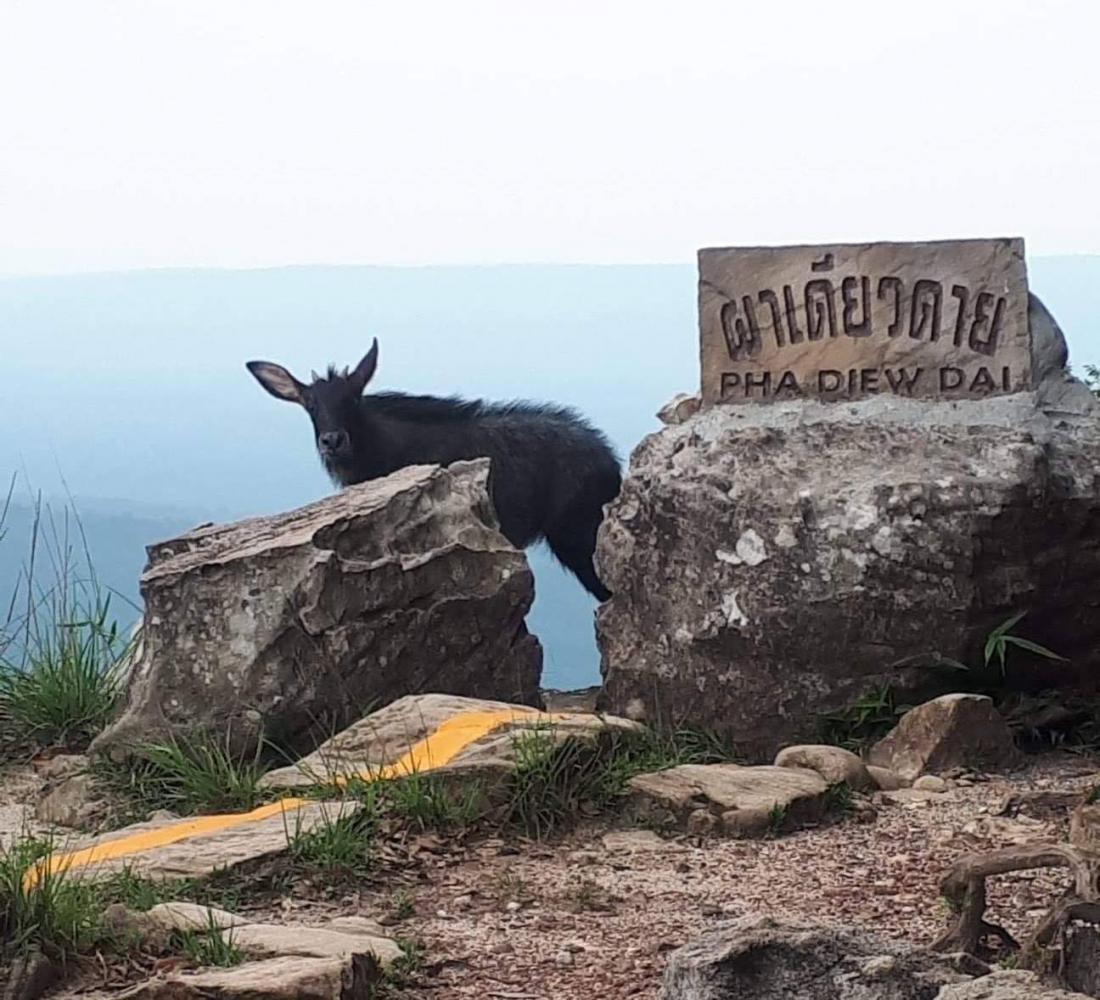
A serow takes over a popular viewpoint in Khao Yai National Park. Photos © Department of National Parks, Wildlife and Plant Conservation

